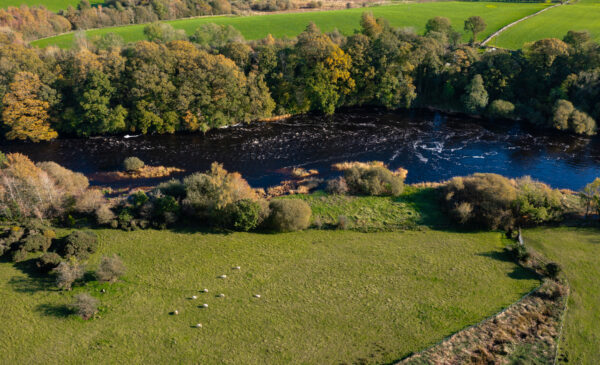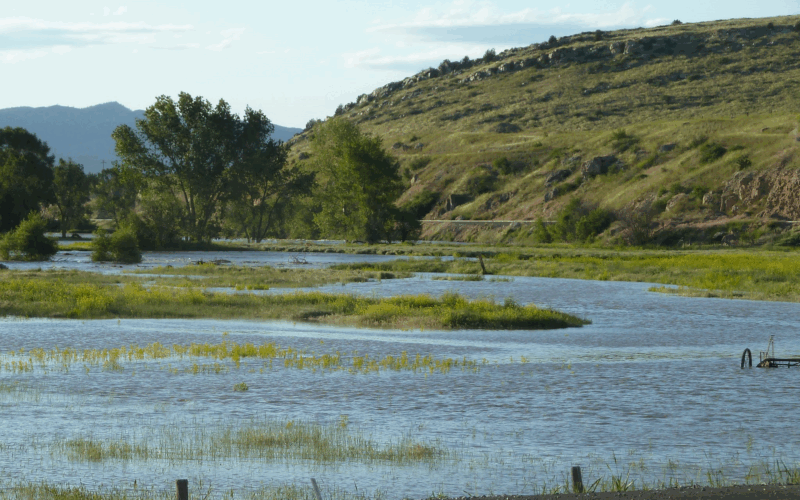Farmers have always worked with the weather, but we are seeing an increase in both severity and frequency of localised and sometimes unseasonal ‘extreme’ weather events. These changing and often unpredictable weather patterns bring a reoccurring business risk, which demands a more strategic, long-term approach.
What can you do?
As we move towards the winter months, here are five practical measures to consider that could help to reduce impacts on the farm business from extreme and/or prolonged rainfall and subsequent flooding.
- Target farm soils: From identifying and removing compaction to improving soil organic matter, protecting and improving farm soils will add more resilience to your business. A healthy and well-structured soil is less susceptible to compaction from machinery or livestock, and will be less prone to waterlogging, reducing flooding risks.
- Take a look at drainage: Checking and clearing drain outfalls and maintaining ditches can help to move water around your land, prevent ditches and drains from backing up and reduce flooding risk. Autumn is a good time to check outfalls with vegetation mostly died back and before the winter weather sets in.
- Keep space for slurry storage: In addition to rainwater falling into an open tank (and taking up space), think about what else is going into your slurry storage. Can you separate dirty and clean yard water, keeping the clean stuff out of the collection tank?
- Investigate nature-based solutions: Several options, specifically tailored to your farm, could help reduce flooding risks and the impact on your business. Nature based solutions cover a range of measures such as riparian tree planting to stabilise riverbanks, to planting shelterbelts and hedgerows to protect fields and livestock from strong winds and rain.
- Have a contingency plan: If your farm floods, what would you do? Having a contingency plan will help you identify risks and prioritise actions. For example, do you have a backup source of power if the electricity is down, a grazing plan, identified routes to move livestock in the event of a flood, which may not necessarily be across your land? For the latter, making reciprocal arrangements with neighbours now could reduce stress later if faced with a weather emergency.
This winter may (or may not) bring us a ‘quiet’ spell on the weather front, but longer-term climate predictions suggest we are moving towards warmer, wetter winters. Taking a more strategic approach to begin to ‘weatherproof’ the business now, will only increase resilience and help to navigate some of the more extreme challenges brought by our changing climate, as and when they occur.
To sign up to Floodline visit https://myfloodline.sepa.scot/register
Related resources

Management of Farmyard Manure on farm
Stephen Fields, SEPA
Farm yard manure (FYM) from livestock production has always been a valuable source of fertiliser,…

Environmental authorisations in Scotland are changing
Andrew Wallace, SEPA
From 1 November 2025, the way many farming activities are regulated in Scotland is changing.…

